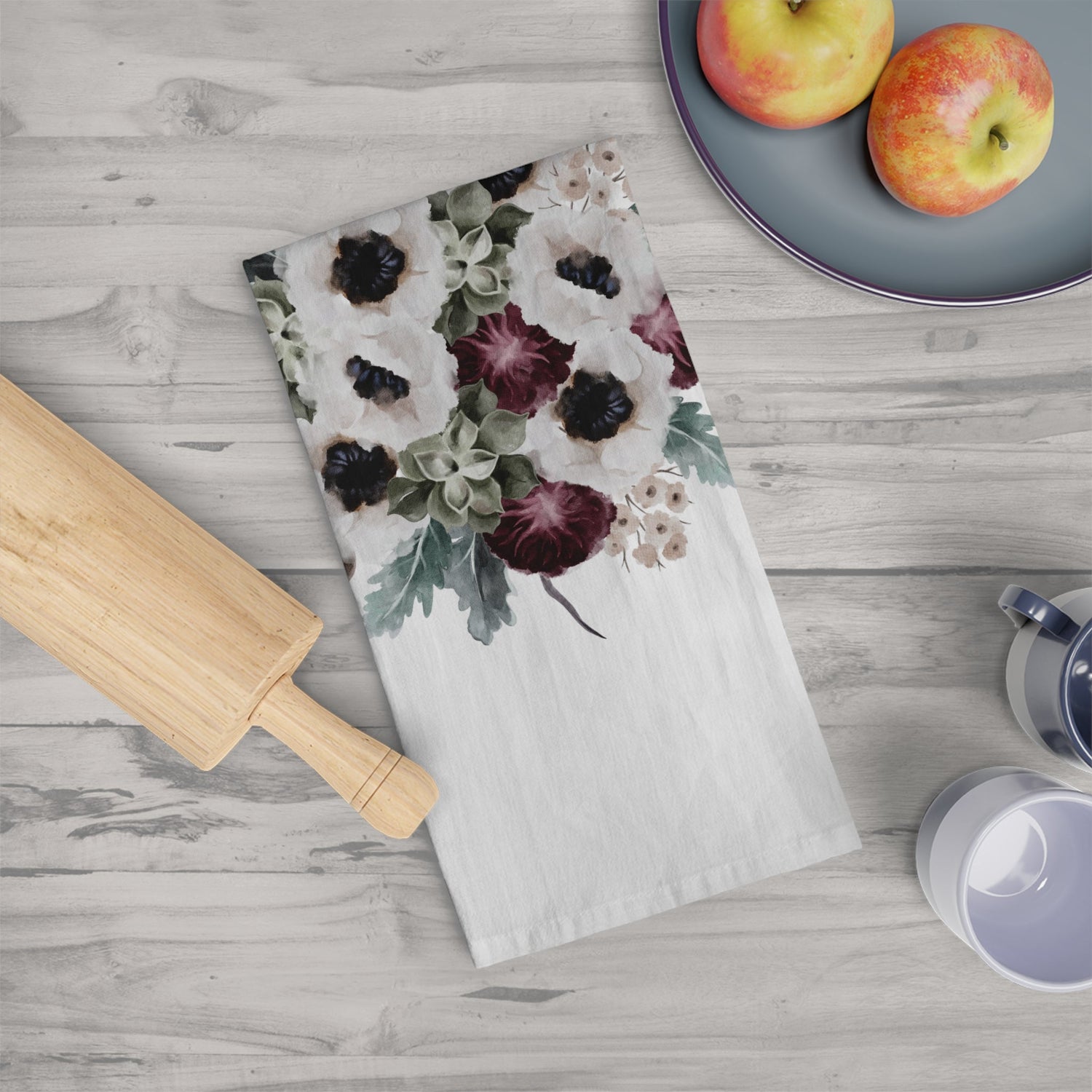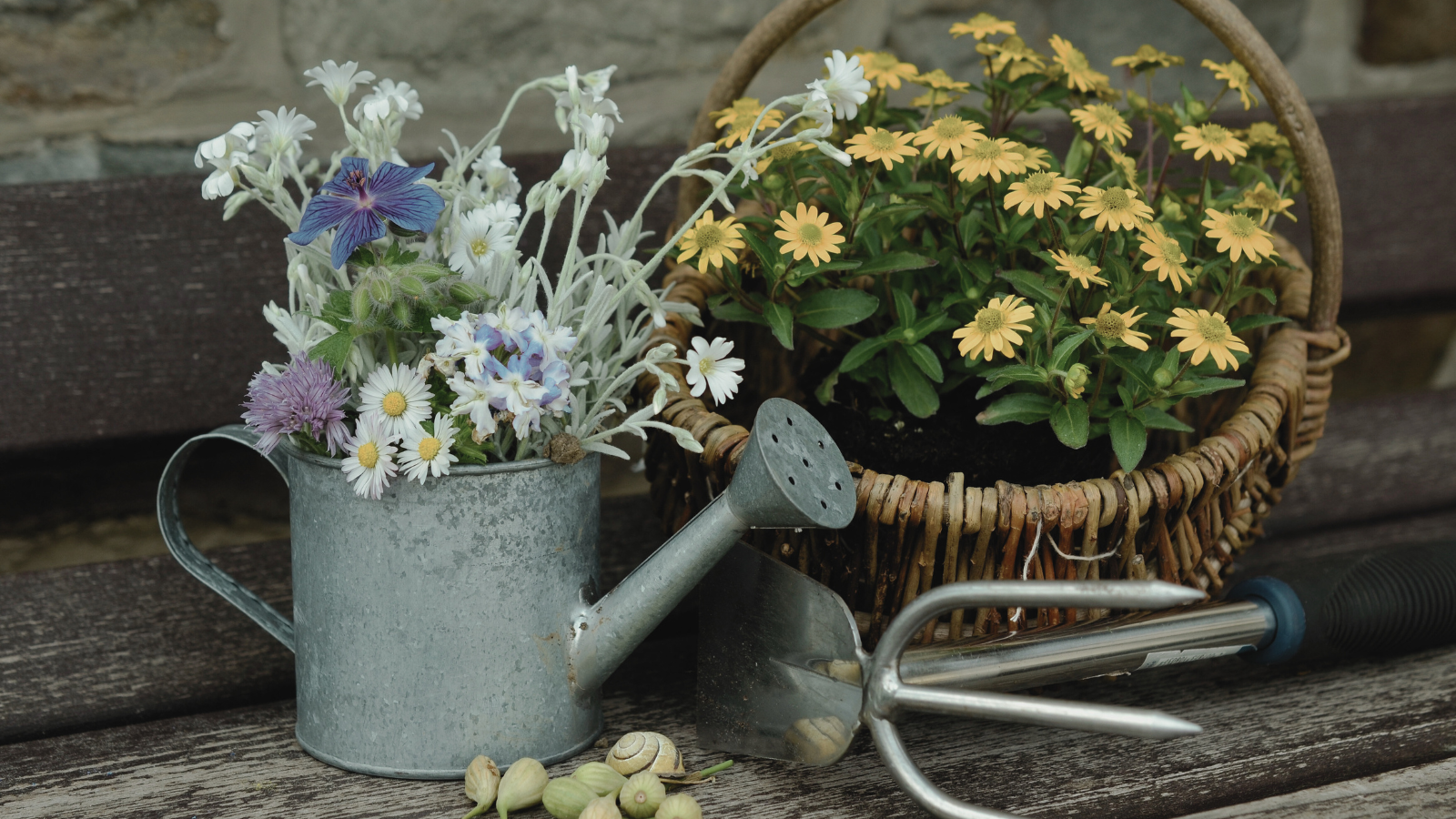
As the frosty days of Winter give way to the refreshing embrace of Spring, gardeners prepare for life to burst from the seams of their gardens. In this installment of our year-round gardening series, we'll explore what's possible in the Spring garden! Spoiler alert, success lies in careful preparation, strategic planting, and vigilant pest management.
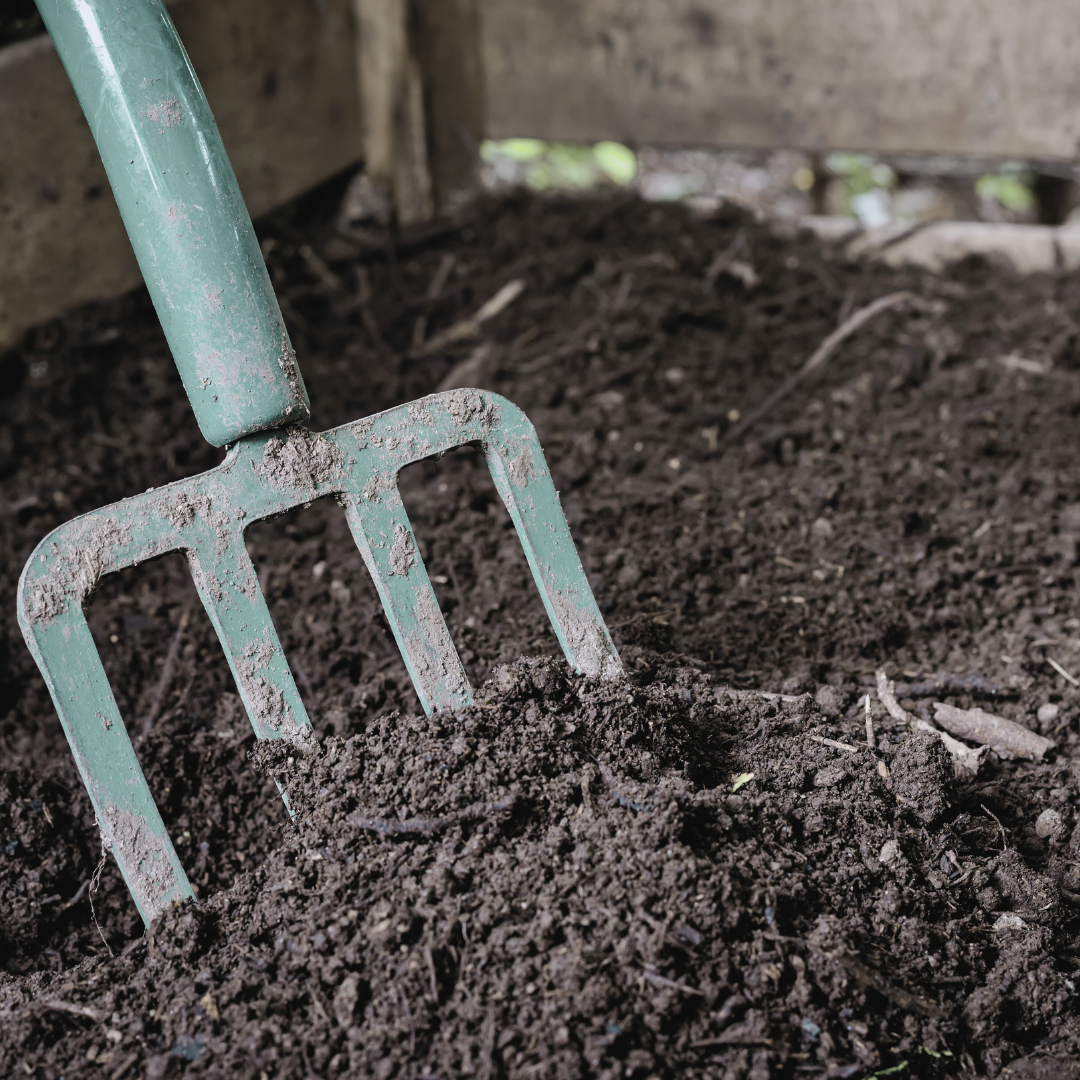
Understanding Your Soil: The Key to Thriving Plants
Soil Testing and Amendments - Before the first seed is sown, understanding the composition of your soil is paramount. Conduct a soil test to better understand nutrient levels and pH. Based on what you learn, you will want to amend the soil with organic matter, compost, or specific fertilizers with materials that can ensure your plants receive the ideal foundation for prolific growth.
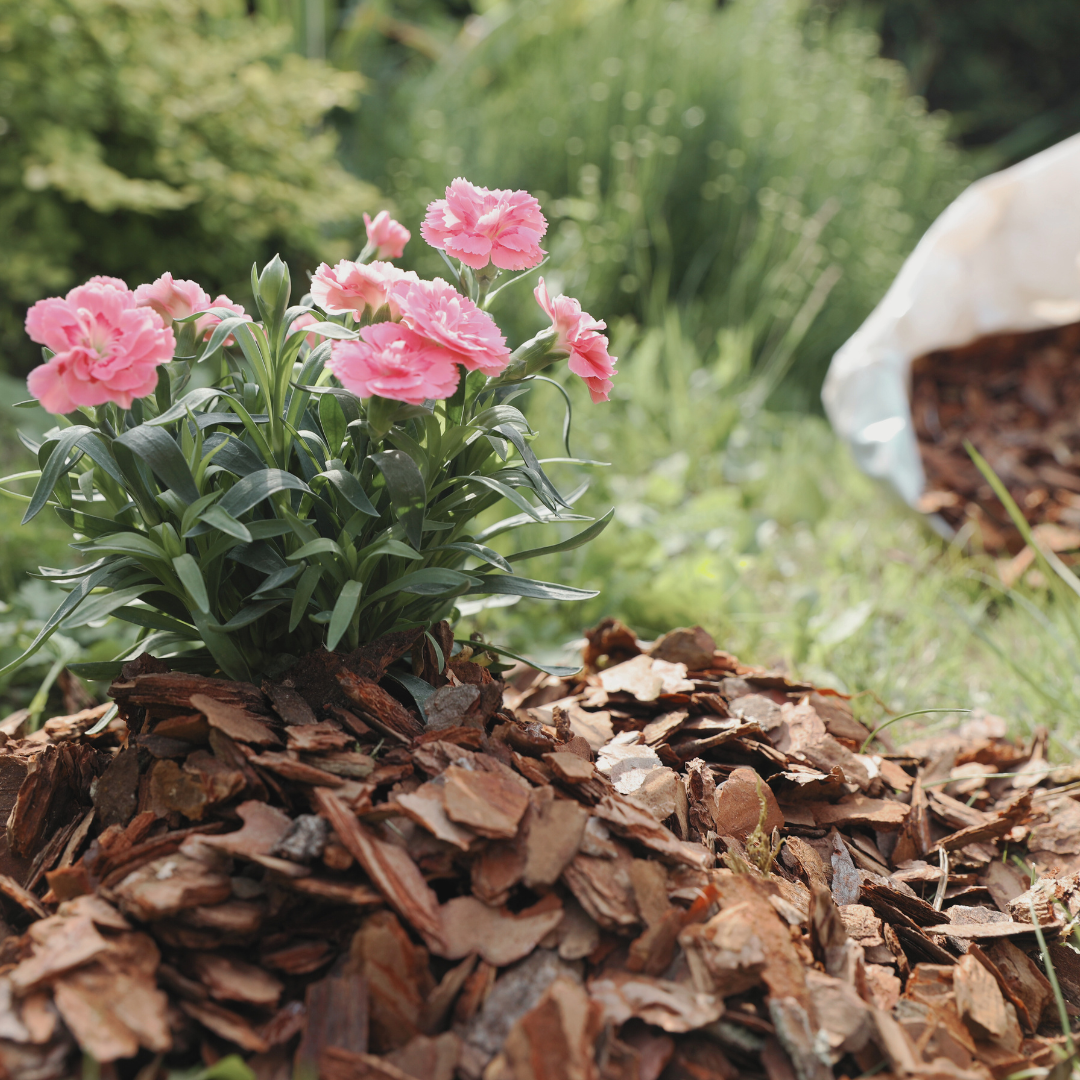
Mulching Methods: Choosing the Best Cover for Your Plants
Mulch is basically your Grandma's quilted comforter for your garden. There are a plethora of options and practices out there. We love the companion planting method because it increases your yield out of the same space! That's right, you can plant Cabbages with Radishes. Multiple crops can also help deter pests specific to one plant or another. Peas, Lettuce, Bush Beans, and Carrots also make great cabbage companions. The differing heights and leaf coverage of the two plants keep the soil covered which helps greatly with water retention and keeps the temperature steady, which can be essential in these months of wild temperature swings.
There are several other options to use as mulch. Straw, wood chips, leaves, and compost are organic mulches each with their own list of pros and cons. Plastic, rubber, and fabric are used as inorganic mulches but each of these has ups and downs as well.
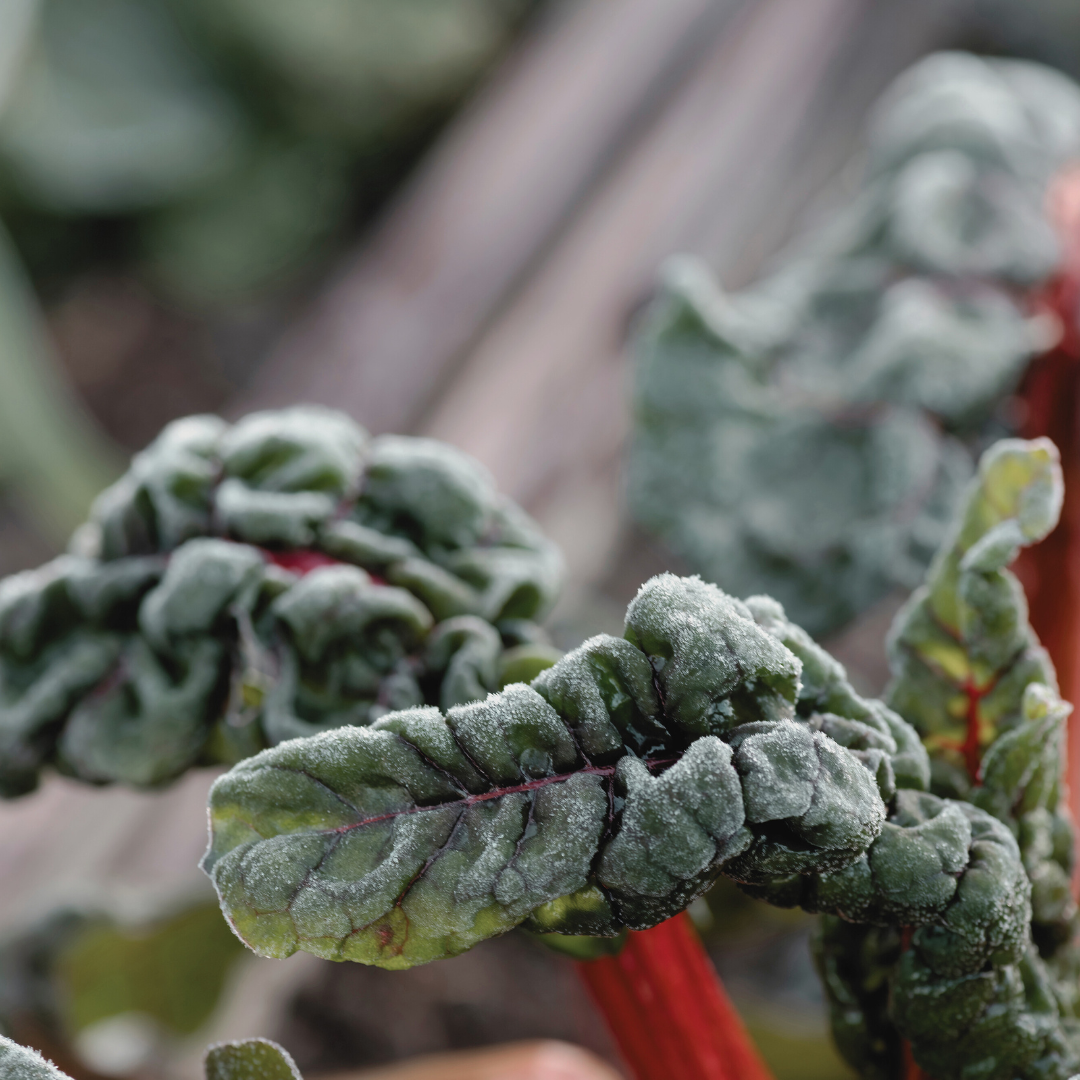
Spring's Early Harvest: Planting for Success
Choosing crops suitable for the temperatures that you usually see in your region during the Spring season is essential to the success of the year-round gardener. Vibrant leafy greens, cold hardy carrots, and resilient radishes tend to do well in this time of year.
Battling Spring Intruders: Identifying Common Garden Pests
Careful preparation, strategic planting, and vigilant pest management are the keys to a successful spring garden. Familiarize yourself with springtime invaders like aphids, caterpillars, and beetles, and regularly inspect plants for signs of an infestation. In a best-case scenario, you're able to identify the issue before it becomes too widespread. If left unchecked, these pests can wreak havoc on your garden but worry not, we're going to share the tea on pest mitigation. Not only that but we do it without noxious insecticides!
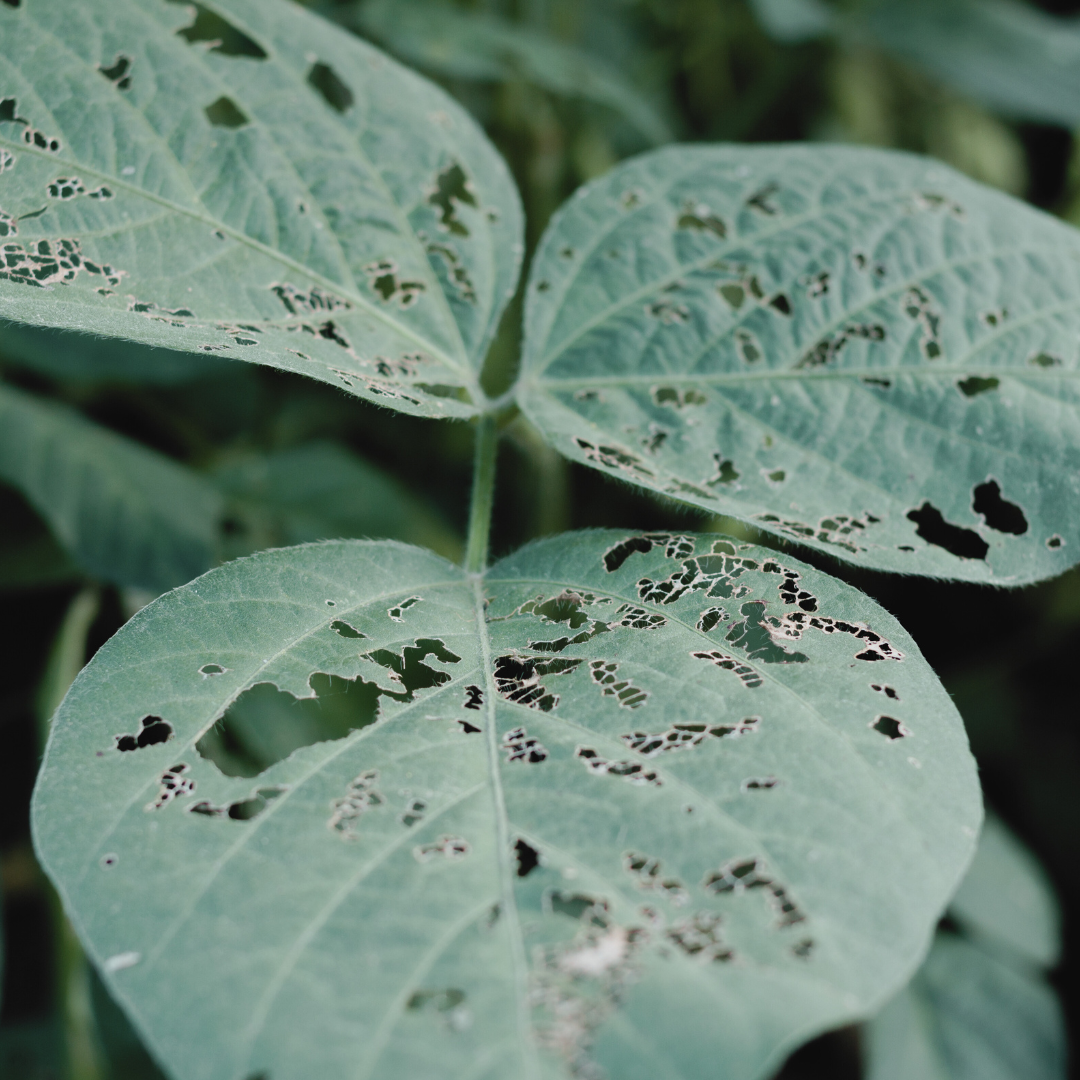
Nature's Allies: Eco-Friendly Tactics for Pest Management
Say goodbye to chemical pesticides with an ingredients list that reads like a chemistry textbook. At Nevermore we engage in a variety of eco-friendly practices that help keep pests at bay. Installing plants that attract beneficial insects is one method, companion planting techniques are another way to help tame the horde. If the situation seems to be out of control you do have other options that aren't insecticides. Soaps and neem oil can help with particularly buggy infestations for some pests. Using row cover to keep the pests at bay is another option, but we recommend committing to this early in the season.
As you set off for your garden or Springtime Splendor, remember that the garden is a beautiful canvas. Each stroke of color sets the stage for the breathtaking masterpiece that's to come. Stay tuned for the next chapter in our gardening series and make sure to check out our offerings to maximize your Springtime Success!
-
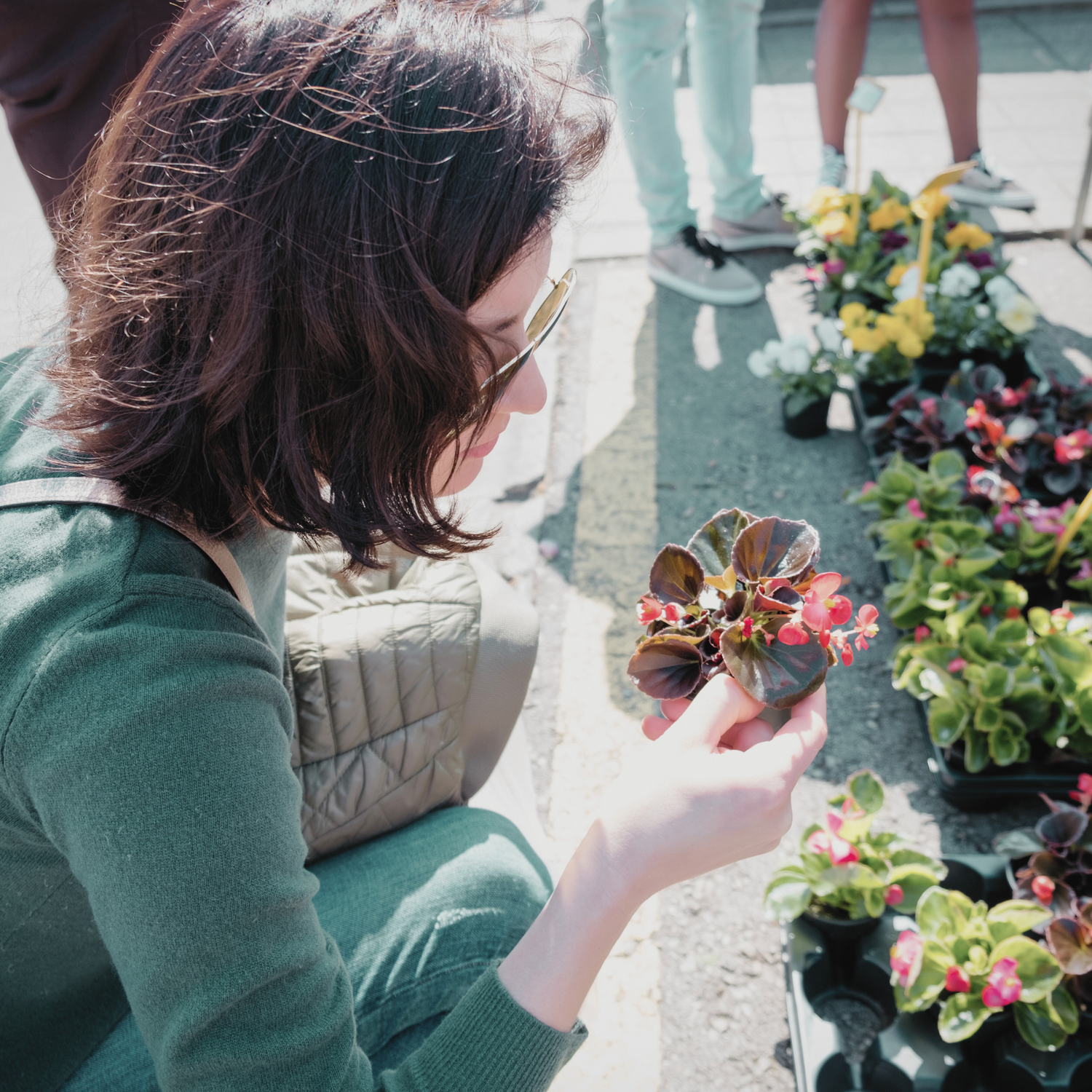
Live Plant Availability
Discover what’s thriving at Nevermore Nursery with our live plant selection, updated...
-
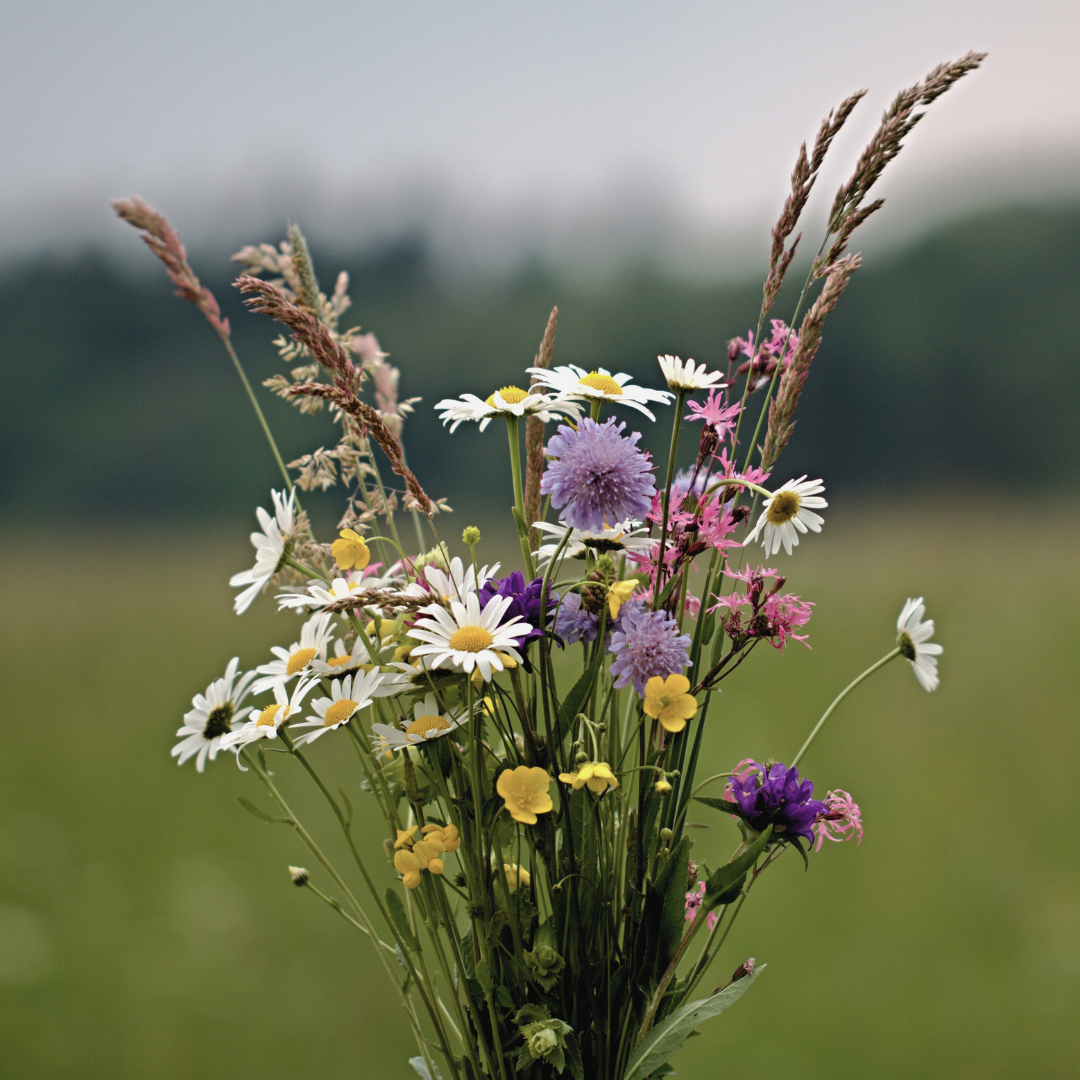
Hand-Packaged Seeds
Grow a little piece of Nevermore Nursery wherever you are with our...



